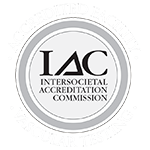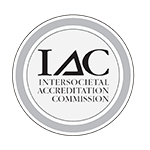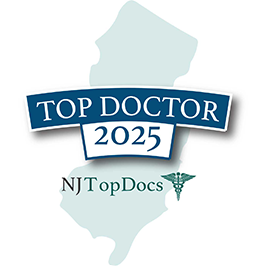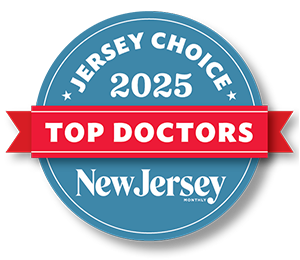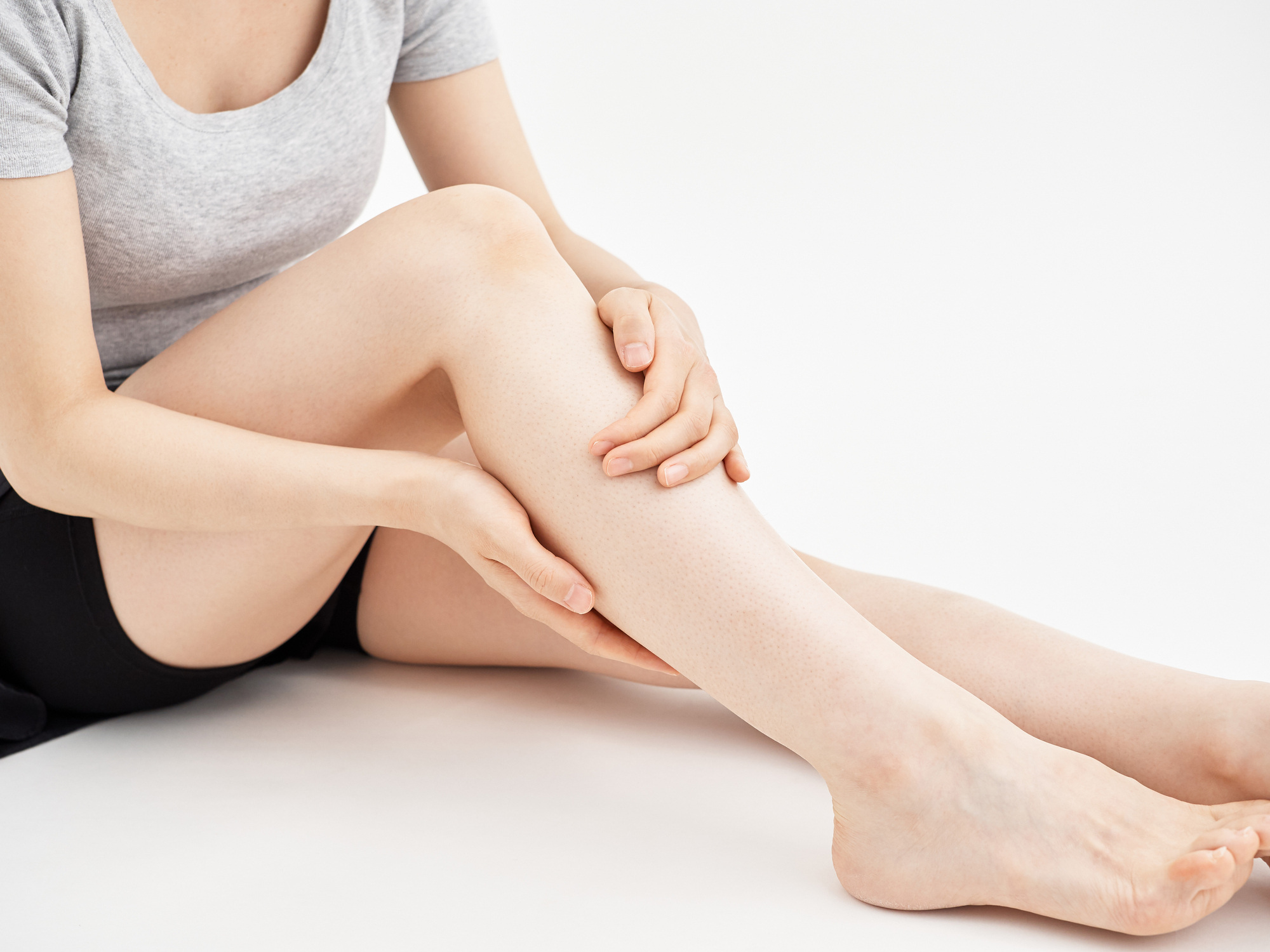
Varicose veins are more than just a cosmetic issue — they can be a significant cause of leg pain and discomfort. If you’ve noticed bulging, twisted veins in your legs, you may be dealing with more than just an unsightly problem.
At the Vein Institute of New Jersey, we want to help you understand the link between varicose veins and leg pain, identify the symptoms of venous issues, and manage this condition to improve your quality of life.
Understanding Varicose Veins and Chronic Venous Insufficiency (CVI)
Varicose veins develop when the one-way valves in your leg veins become weakened or damaged. Normally, these valves keep blood flowing upward, toward the heart, but when they fail to function properly, blood can pool in the veins, causing them to stretch and twist. This condition, known as Chronic Venous Insufficiency (CVI), is often the underlying cause of varicose veins and can lead to more serious symptoms over time.
Symptoms of Varicose Veins and CVI:
- Aching or throbbing in the legs, especially after standing or sitting for long periods
- Swelling in the lower legs and ankles
- Heavy or tired-feeling legs
- Skin changes, such as discoloration or thickening
- Restless legs, especially at night
- Itching or irritation around the affected veins
- Leg ulcers in severe cases
These symptoms can worsen if left untreated, leading to significant discomfort and impacting daily life.
How CVI Impacts Your Quality of Life
Many patients initially present with cosmetic concerns as their varicose veins become more prominent and unsightly, affecting their confidence and quality of life. Over time,
chronic venous insufficiency and varicose veins can have a profound effect on your overall well-being and health. As the condition progresses, it can limit your ability to move comfortably, stand for extended periods, or perform routine activities. In severe cases, untreated varicose veins can lead to skin ulcers, infections, or blood clots.
Differentiating Varicose Veins from Other Conditions: PAD and DVT
While varicose veins are a common cause of leg pain, other conditions, like Peripheral Artery Disease (PAD) and Deep Vein Thrombosis (DVT), can also lead to discomfort. Understanding the differences between these conditions is crucial to ensure proper treatment.
Peripheral Artery Disease (PAD):
Unlike varicose veins, PAD impacts the arteries. PAD occurs when the arteries in your legs become narrowed or blocked, reducing blood flow. Symptoms of PAD include:
- Pain or cramping in the legs during walking or exercise (claudication)
- Numbness or weakness in the legs
- Cold or pale skin
- Sores on the toes or feet that won’t heal
Since PAD is an arterial issue, treatments differ significantly from those for venous conditions like varicose veins.
Deep Vein Thrombosis (DVT):
DVT involves the formation of blood clots in the deep veins of the legs, which can lead to serious complications if the clot travels to the lungs, causing a pulmonary embolism. Symptoms of DVT may include:
- Sudden, severe leg pain or swelling
- Warmth or redness in the affected leg
- Difficulty walking or standing
Unlike varicose veins, which develop slowly, DVT is a medical emergency and requires
immediate attention.
Managing Varicose Veins and Leg Pain
The good news is that varicose veins and the discomfort they cause can be effectively managed. At the Vein Institute of New Jersey, we offer a range of treatments to alleviate symptoms, prevent progression, and improve your quality of life. These include:
- Lifestyle changes: Regular exercise, elevating your legs, and avoiding prolonged sitting or standing can help improve circulation and reduce leg pain.
- Compression therapy: Wearing compression stockings can help prevent blood from pooling in the veins and ease swelling and discomfort.
- Minimally invasive treatments: For more severe cases, procedures like endovenous laser therapy (EVLT), radiofrequency ablation, or sclerotherapy can close or remove damaged veins, restoring normal blood flow.
- Surgical options: In some cases, ambulatory phlebectomy may be necessary to remove larger, more painful varicose veins.
Our specialists are committed to providing personalized care and treatment options tailored to your needs.
A Medical Evaluation
If you are experiencing leg pain or other symptoms of varicose veins or CVI, consider an evaluation with a vascular specialist. Early intervention can help prevent complications and improve your quality of life.
If you are unsure whether your leg pain is caused by varicose veins or a more serious condition like PAD or DVT, our team at the Vein Institute of New Jersey can help with a comprehensive diagnosis and treatment plan.




